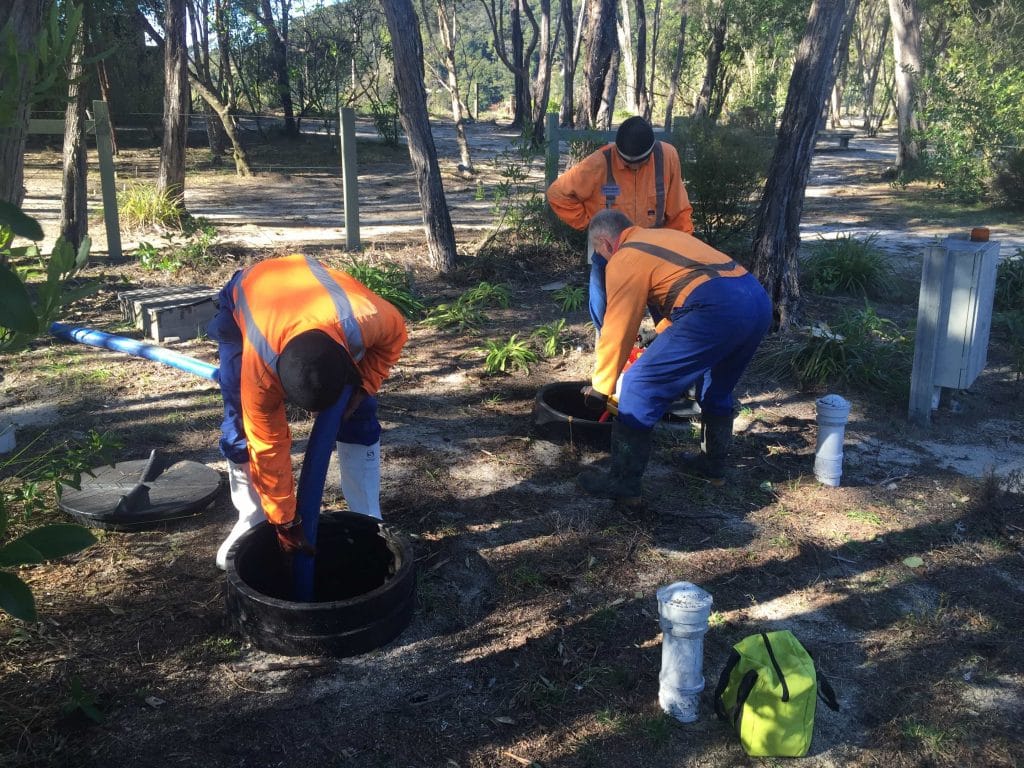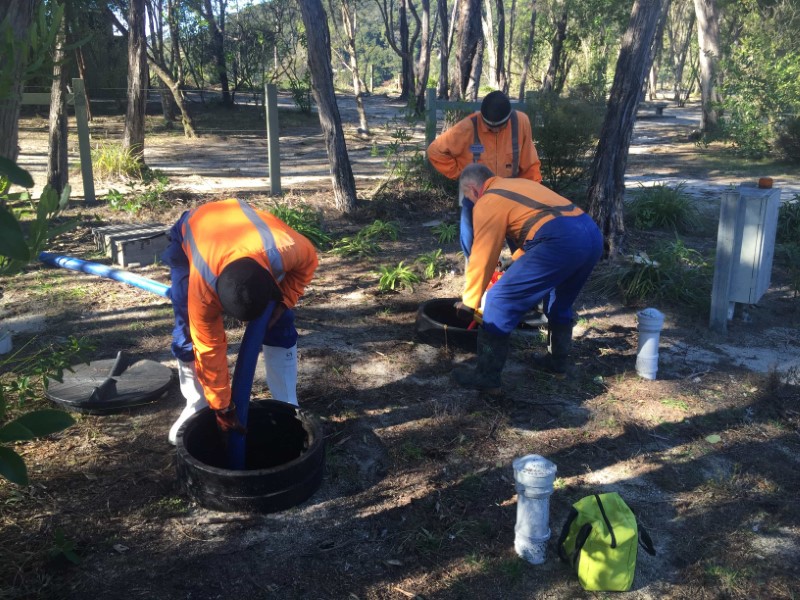
You may have had many encounters with the septic tank when you were a kid. Perhaps you almost feel to your doom while observing that giant hole in the ground. Your folks might have explained to you what the septic is there for and why its so much better than having the household waste just flow into the backyard. It was probable one of the most disgusting experiences you’ve ever had which was why you didn’t exert too much effort in learning about it. But you were already about to own your own home in a month and part of your responsibilities was to know your septic tank.
Your household’s personal waste water treatment system is the septic system. It is your responsibility to care for and maintain it. The septic tank is where the main waste water treatment takes place. Here, three layers form—the top layer (scum—lightweight solid wastes), the middle layer (effluent—clear liquid), and the bottom layer (sludge—heavyweight solid wastes). As you can see, the waste water that your household produces is divided into three distinct layers so that the resident anaerobic bacteria could concentrate of breaking down the solid wastes. The septic tanks sludge level is the one that should be monitored. The sludge in the septic tank should be pumped out regularly so that the tank could continuously take in the waste water that your household produces.
Part of maintaining septic tanks good condition is to provide septic tank treatments. But it could be very overwhelming when you enter any septic store. Towering shelves are always full of various brands that you may not be familiar with at all. This could really take much of your time if you have no idea what septic tank additive you should use for your treatments. You should take advantage of the store’s knowledgeable staff or even your septic expert to know which product will be worth trying.
Septic tank treatments are inorganic, organic, or biological. Inorganic treatments use corrosive acids and bases that kill off the resident bacteria. Organic treatments use baking soda or yeast that improve the performance of the decomposition but if used on a prolonged period of time, they would still negatively affect the performance of the septic tank.
The most beneficial septic tank treatment used by septic experts is the biological treatment. This uses enzymes or non-pathogenic/cultured bacteria that really accelerate the breakdown of the solid materials in the waste water. Biological septic tank treatments are the best that you could provide to your septic tank. These do not have harmful chemical discharges that contaminate the surrounding environment. You know that it’s important to have your waste water treatment and care for the environment as well.
Experts say that it is not a must for homeowners to use septic tank treatments. The dumping of human waste into the septic tank is enough to accelerate the breakdown process of the solid waste particles. But many homeowners still use septic tank treatments in such a way that they fully depend on them and not perform septic pump outs anymore. They just completely surrender to the promises of the manufacturers that pump outs are not needed anymore once their products are used.
It was pretty hard for you to learn these new things about the septic tank but you managed to gather the needed information especially when it comes to caring for it. Septic tank treatments are helpful in maintaining the good condition of your septic tank and septic system as a whole. The drain field remains intact as long as the tank is okay. Coordinate with your septic expert for the best brand of biological septic tank treatments that you could avail of. It’s about time for you to be a hands-on homeowner, don’t you think?
